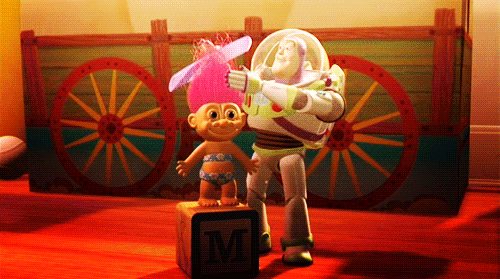1) Exist on the outermost shell of an atom
 2) Take part in chemical reactions
2) Take part in chemical reactions3) Are all electrons except those IN THE CORE, THOSE IN FILLED D- or F- SUBSHELLS
Here is some important terminology:
An open shell is a shell that has fewer than the maximum amount of electrons occupying it. In this picture, the 2nd or outermost shell of the oxygen atom is the open shell. While it can hold 8 electrons, only 6 occupy the shell.
A closed shell is a shell that contains the maximum number of electrons that it can hold. In this example, the closed shell is the first one. It contains two electrons - the most that it can hold.
Let's look at the core notation for SULPHUR
S = 1s^22s^22p^63s^23p^4 CORE: [Ne]3s^23p^4
From the core notation, we look at the portion that is not within brackets. We then add up the superscripts of the s and p orbitals and get 6. Thus, we can conclude that there are six valence electrons in sulphur. We don't add up the superscripts of the d- or f- orbitals unless they aren't full.
Some unrelated terminology on the periodic table.
Periodic Law - the properties of certain chemical elements that occur every so often when the elements are placed in their order.
Ianthanides - the first row under the table that starts with lanthanum.
Actinides - the row under Ianthanides.





